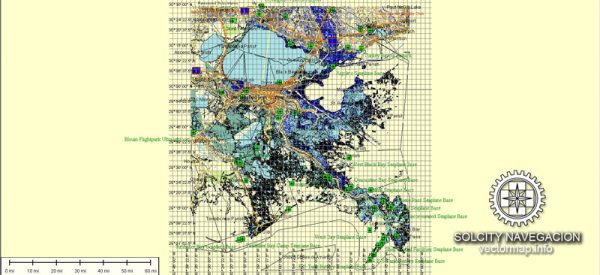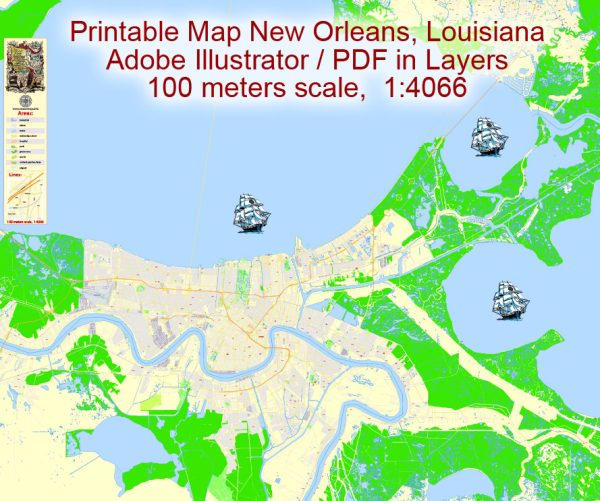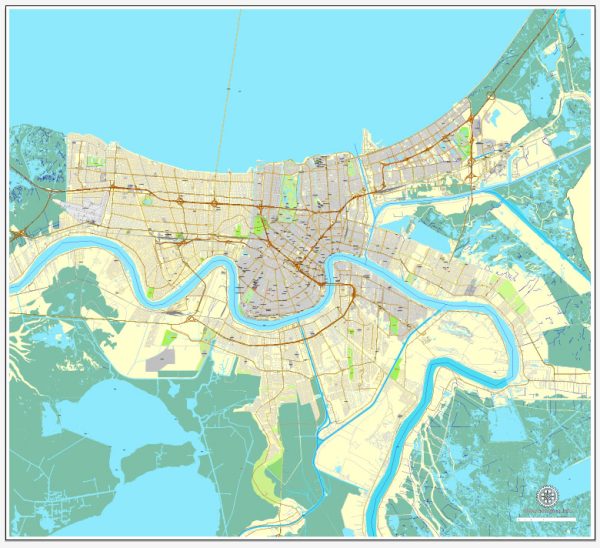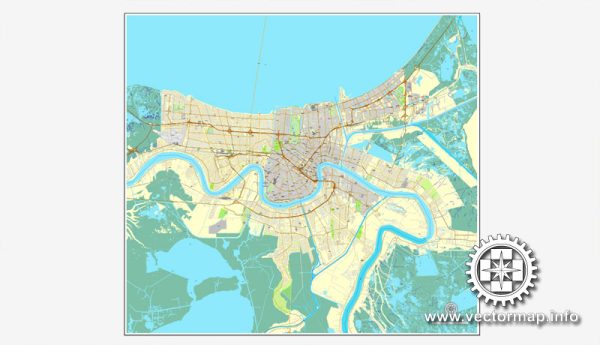New Orleans, Louisiana, is a major transportation hub with a rich history and a diverse range of maritime and air transportation activities. Here’s an overview of both sectors:
Maritime Transportation:
- Port of New Orleans: The Port of New Orleans is a crucial gateway for international trade, situated along the Mississippi River. It is one of the largest and busiest ports in the United States, handling a wide range of cargo, including containerized goods, steel, agricultural products, and more.
- River Transportation: The Mississippi River plays a vital role in maritime transportation. New Orleans benefits from its strategic location along this major waterway, allowing for the efficient movement of goods to and from the interior of the United States.
- Intermodal Connectivity: The port is well-connected to various modes of transportation, including rail and trucking, facilitating the smooth transfer of goods between different transportation networks.
- Industrial Canal: The Industrial Canal connects the Mississippi River to Lake Pontchartrain, enhancing the city’s maritime capabilities and providing access to industrial areas.
Air Transportation:
- Louis Armstrong New Orleans International Airport: This airport is the primary gateway for air travel to and from the region. It serves as a major hub for domestic and international flights, offering a wide range of passenger and cargo services.
- Cargo Operations: The airport handles significant air cargo traffic, facilitating the transportation of goods to and from the city. Cargo carriers and logistics companies operate at the airport to support the flow of goods.
- General Aviation: In addition to commercial air traffic, New Orleans is home to several general aviation airports that serve private and recreational flyers. These airports contribute to the overall air transportation infrastructure of the region.
- Airline Connectivity: Louis Armstrong New Orleans International Airport is well-connected to major cities across the United States and around the world, contributing to the city’s status as a key travel and business destination.
- Infrastructure and Expansion: Efforts to improve and expand the city’s transportation infrastructure, both maritime and air, are ongoing to meet the growing demands of global trade and travel.
In summary, New Orleans, Louisiana, boasts a robust and diverse transportation network, with a major emphasis on maritime activities due to its location along the Mississippi River and the Gulf of Mexico. Additionally, the city’s international airport plays a pivotal role in connecting the region to the global air transportation network.





 Author: Kirill Shrayber, Ph.D.
Author: Kirill Shrayber, Ph.D.